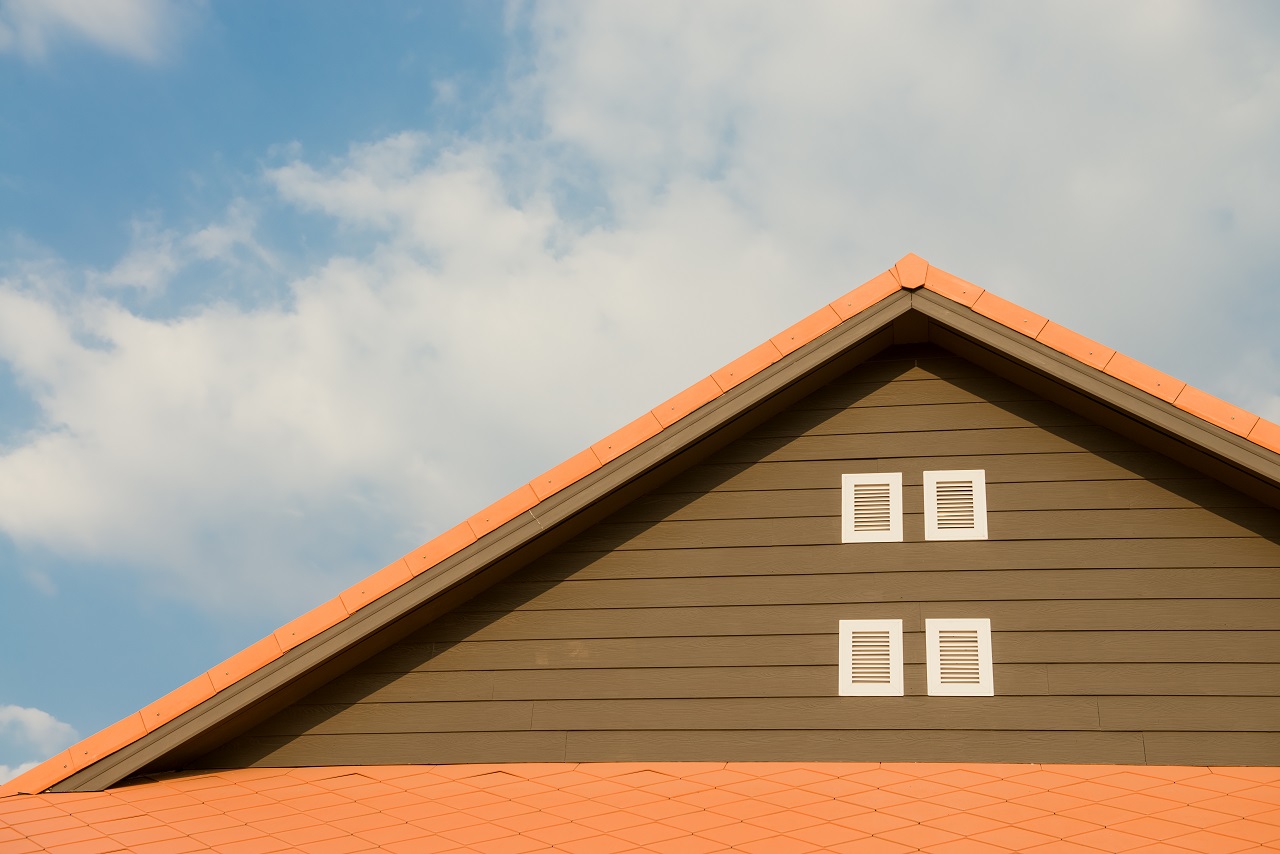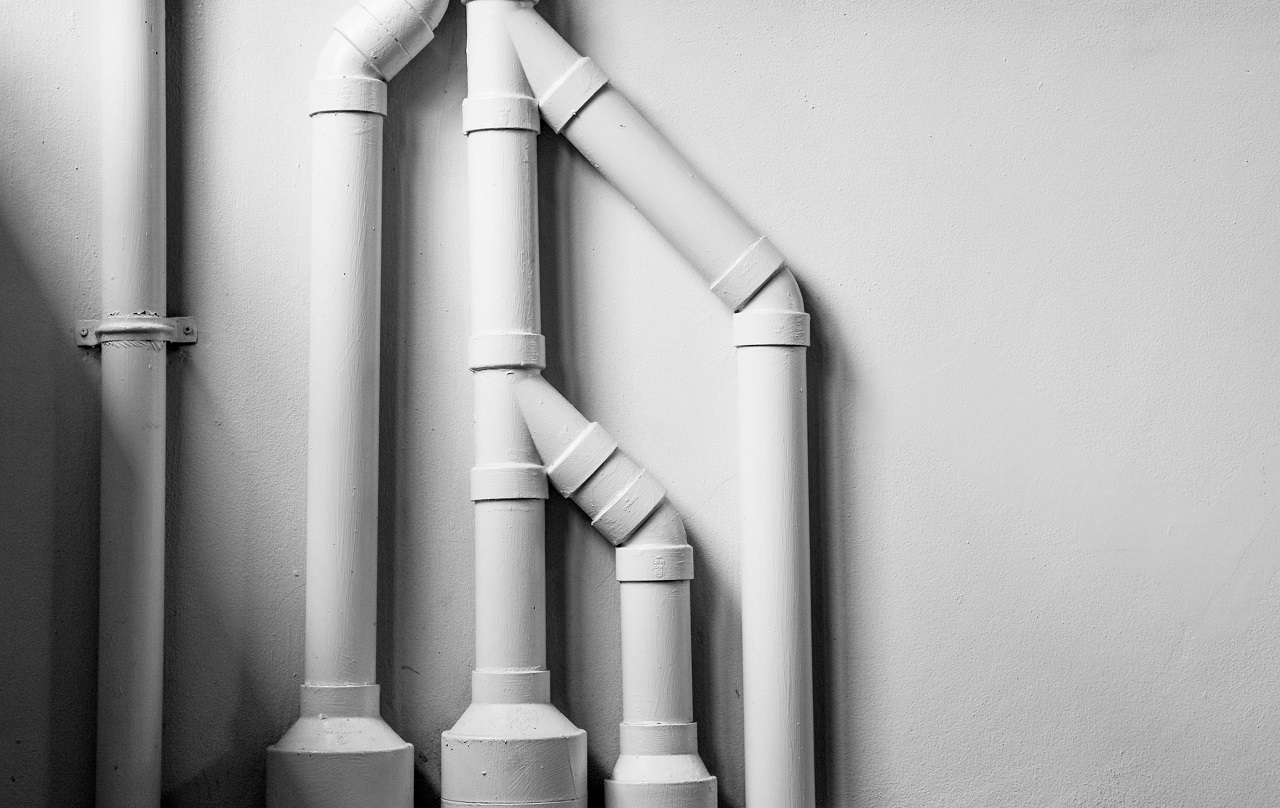November 29, 2019
How Plastic Is Used As A Construction Material

Over the years, plastic has become one of the most versatile materials across the world. It is being used to replace a wide variety of materials like metal, wood, and stone. Plastic contains the best balance of flexibility, durability, and light weight. This has led to it being used to create numerous products, from furniture, toys, gadgets, packaging, tools, and plastic construction material.
While plastic has been recognized as one of the best materials to use when creating products, it has also been used as a material in the construction industry. Being an industry that has been dominated by the use of steel, plastic has become a viable material to use in different projects as well.
The construction industry has become one of the busiest industries over the past decades. It is spearheading the development of some of the world’s most ambitious infrastructure projects. The construction industry is known for its use of concrete, steel, and stone. However, it has also looked into using new materials that offer greater adaptability, flexibility, and durability. This led to the use of plastic for different applications.
While traditional construction materials have remained in use, plastic has helped add another element to building projects. Here are some of the ways that plastic is used as a construction material.

One of the most common applications of plastic in construction is in piping and drainage. Pipes are designed to move around and transport different types of liquids across a building. It prevents the contents from leaking and spilling onto crucial areas and machinery. Plastic is commonly used for piping due to its ability to handle different kinds of strong chemicals and substances without getting damaged or worn out.
This has made plastic very popular in food processing plants and industries that distribute chemicals as well as fuels. Along with transporting liquids, plastic is also a very reliable material for drainage purposes. It is being used to create gutters and drainage pipes. Plastic is not only reliable for moving around liquids. They are also resistant to numerous external factors, providing high durability.
Plastic has become a very useful material for insulation purposes. It is an affordable yet durable material that has the ability to provide strong temperature resistance for buildings and homes. Insulation is important in any building as it helps stabilize the temperature indoors and prevents the spread of fires and other chemicals. This is an energy-saving material as well. It ensures that interiors do not become too hot or cold, which can affect numerous devices and machinery. With the use of plastic becoming more widespread, insulation has become lighter, more efficient, and more sustainable than before.

Doors and windows are important elements in any building or home as they provide important entry points for light and people to enter. Thanks to the more lightweight and durable material, more windows and door frames now use plastic in order to become more durable and cost-effective. Compared to using metal, plastic is more effective as it is easier to move around and install. It also provides more longevity.
While roofing is commonly made out of steel, plastic has become a usable material for both small and big projects. Plastic roofing is not only very light, but it also provides properties such as translucence, which can help natural light enter a building. It can also enhance a building’s aesthetic and visual impact. Like insulation, plastic roofing helps control the temperature of a building by preventing high temperatures from entering. This helps lessen energy consumption, providing an eco-friendly solution for most types of structures.

Another application of plastic in the construction industry is for making cables. Cables are responsible for sending different kinds of signal transmissions and electricity across vast distances. This is why they are designed to be very light and flexible.
Being a material that is easy to shape, plastic has become used for making different kinds of cables. It is the key element in the creation of fiber optic cables. These cables are not only known for being very durable, but also for their ability to transmit signals and frequencies in the fastest way possible. Cable installation is a key construction process. The use of plastic is the key to making it even more effective than before.
Plastic has remained one of the most diverse and versatile materials around, which is why it has now become more widespread in the construction industry. With these applications, the use of plastic will continue to bring in more innovations in the world of construction.